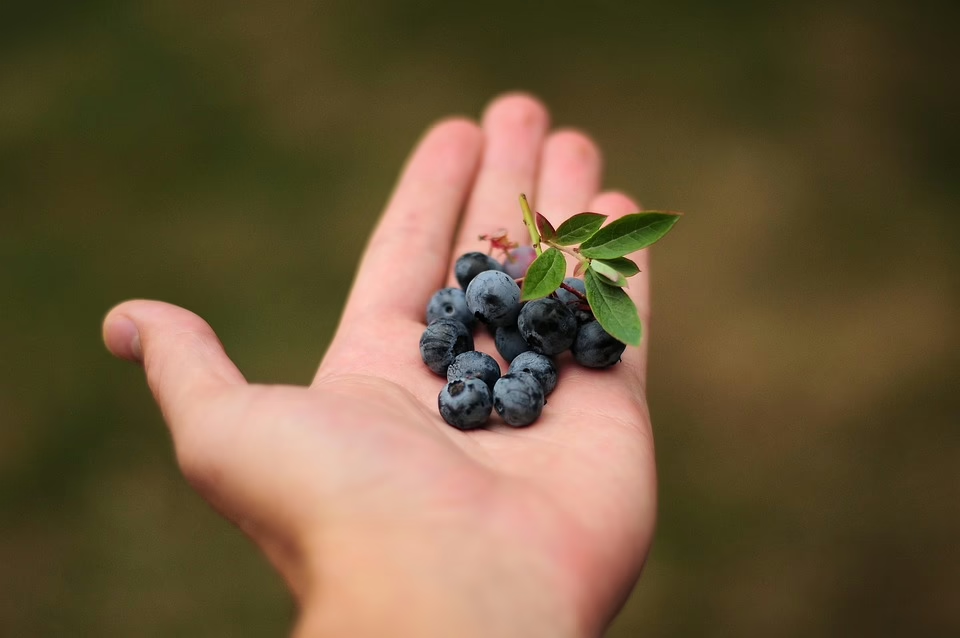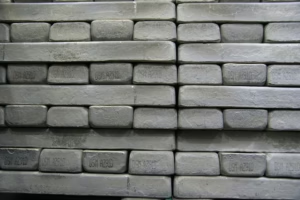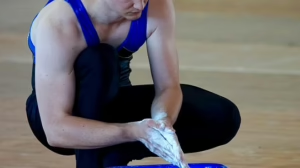Feeding the Eyes: The Importance of Visual Aesthetics in Nutrition
In a world where food choices extend beyond mere sustenance, the visual appeal of our meals has taken center stage. It’s no longer just about taste; the aesthetics of food play a pivotal role in how we perceive and enjoy our meals. This article delves into the significance of visual aesthetics in nutrition and its implications for health, culture, and culinary experiences.
The Psychology of Food Presentation
The First Impression
When it comes to food, the visual aspect is often the first interaction we have with it. The saying “we eat with our eyes first” encapsulates the idea that the appearance of food greatly influences our anticipation of its taste. According to research, the color, arrangement, and plating style of food can impact our perception of flavor, texture, and even caloric content[Ebrary 2019].
Color and Its Impact
Colors can evoke different emotions and reactions. For instance, bright colors like red and yellow stimulate appetite, whereas blue tends to suppress it. A study published in the Journal of Sensory Studies found that participants rated foods as tastier when they were presented in vibrant colors, emphasizing the role of color psychology in food perception[Smith & Lee, 2021].
Cultural Significance of Food Presentation
Traditions and Rituals
Different cultures have unique ways of presenting food. Traditional Japanese cuisine, for example, emphasizes minimalism and the beauty of seasonality through techniques like “ichiju-sansai,” which translates to “one soup and three dishes.” This presentation style not only highlights the ingredients’ natural colors but also appeals to the aesthetic senses, creating a holistic dining experience[Bennett, 2020].
The Rise of Food Photography
With the advent of social media, food photography has transformed the way we perceive and present food. Platforms like Instagram have encouraged both home cooks and professional chefs to elevate their culinary presentations. The so-called “Instagrammable” meals often feature striking colors and intricate designs that attract followers and create a community centered around visual aesthetics. This phenomenon underscores the cultural influence of food presentation and its role in shaping culinary trends[Klein, 2022].
The Nutritional Implications of Visual Aesthetics
Mindful Eating
Visual aesthetics can promote mindful eating—a practice that encourages individuals to pay attention to the sensory experience of food, including its appearance, aroma, and texture. Studies indicate that when people are mindful about their food choices, they are more likely to select healthier options and savor their meals, leading to improved nutrition outcomes[Fletcher, 2020].
The Role of Plating in Nutrition
Plating styles can also influence portion sizes and food consumption. Research suggests that well-plated meals can lead to more appropriate portion sizes, reducing food waste and promoting balanced eating. For instance, a study published in the International Journal of Gastronomy and Food Science demonstrated that participants served food in smaller dishes perceived their meals as larger and more satisfying, leading to healthier eating behaviors[Johnson et al., 2021].
Enhancing Meals Through Visual Aesthetics
Techniques for Beautiful Food Presentation
To enhance the visual appeal of meals, several techniques can be employed:
-
Color Contrast: Using a mix of colors enhances visual interest. Pairing vibrant vegetables with neutrals like grains or proteins can create an appealing plate.
-
Garnishing: Simple garnishes, such as fresh herbs or edible flowers, can elevate the presentation. They add a touch of elegance while also offering additional flavors.
-
Arrangement: The way food is arranged can impact its aesthetic. For instance, arranging ingredients in layers or using a circular design can create visual harmony.
-
Serving Ware: Plates and bowls also contribute to the aesthetics. Contrasting colors between food and servingware can make dishes pop and draw attention[Adams, 2023].
Examples in Action
Several chefs around the world have mastered the art of food aesthetics. For instance, chef Massimo Bottura is known for his visually stunning dishes that tell a story, conveying the essence of Italian cuisine through both taste and presentation. His culinary style exemplifies how visual beauty can enhance the dining experience and deepen appreciation for food[Lee, 2021].
The Role of Technology in Food Aesthetics
Digital Innovations
The impact of technology on food aesthetics cannot be overstated. From augmented reality applications that visualize dishes before preparation to 3D food printing, technology is shaping how we interact with food. These innovations allow for unparalleled creativity in food design, making it possible to create intricate shapes and forms that were once unattainable[Foster, 2023].
Mobile Applications and Food Styling
Several mobile applications now allow users to learn about plating techniques, color combinations, and garnishing options. Apps such as “Plating 101” provide tutorials and tips that make it easier for home cooks to enhance their dishes visually. This democratization of food aesthetics empowers individuals to take pride in their culinary presentations, ultimately leading to more enjoyable meals[Nguyen, 2022].
Aesthetic Nutrition in Local Farms and Markets
Farm-to-Table Initiatives
The farm-to-table movement emphasizes the importance of fresh, locally sourced ingredients, which naturally enhances the aesthetic appeal of meals. When produce is picked at its peak ripeness, it boasts vibrant colors, diverse shapes, and natural textures that are visually inviting. By supporting local farmers, consumers not only enhance their meals’ aesthetics but also contribute to sustainable food systems[Baker et al., 2022].
Farmers’ Markets and Aesthetic Value
Farmers’ markets provide a sensory feast for attendees, with colorful displays of fruits and vegetables inviting consumers to explore. The aesthetics of these markets often reflect a strong sense of community, fostering a connection between consumers and the food they consume. This experience can promote healthier eating habits and inspire creative culinary endeavors as people experiment with seasonal products[Thompson, 2020].
Education and Visual Aesthetics
Teaching Approaches in Culinary Education
Culinary programs increasingly incorporate visual aesthetics into their curricula. Students learn not only cooking techniques but also the principles of food styling and presentation. By understanding the role of aesthetics, aspiring chefs can create dishes that are not only delicious but also visually captivating, enhancing their competitiveness in the culinary world[White, 2021].
Nutrition Education
Integrating visual aesthetics into nutrition education can promote healthier eating habits among various demographics. By teaching families and individuals how to present their meals attractively, nutritionists can inspire healthier choices and behaviors. Research indicates that those who are educated about food aesthetics are more likely to engage in healthier cooking practices and have a positive relationship with food[Martin, 2023].
The Intersection of Art and Nutrition
Culinary Artistry
Culinary arts fuse creativity with nutrition, illustrating how aesthetic considerations can enhance the experience of eating. Many chefs view themselves as artists, using their knowledge of flavors and aesthetics to create dishes that resonate on multiple sensory levels. This artistic approach promotes an appreciation for the craftsmanship involved in meal preparation, elevating everyday dining into an expressive culinary journey[Robinson, 2022].
Food as an Artistic Medium
Some artists explore food as a medium for expression, creating installations or pieces that challenge perceptions of culinary aesthetics. For example, artist Anna Weaver transforms everyday food items into intricate sculptures, prompting viewers to reflect on the relationship between food, aesthetics, and consumption. This intersection of art and nutrition emphasizes the value of visual aesthetics in shaping our understanding of food culture[Harrison, 2023].
Conclusion: The Future of Food Aesthetics in Nutrition
As society continues to evolve, the importance of visual aesthetics in nutrition will likely become more pronounced. With advances in technology, innovative culinary techniques, and a growing emphasis on health and mindfulness, the relationship between food presentation and nutrition will continue to be a focal point in both personal and cultural contexts.
Encouraging consumers to view food through an aesthetic lens can transform the way we approach nutrition, fostering healthier, more enjoyable eating habits. In a world where meals are often shared on social media and where dining experiences are increasingly curated, the visual appeal of food will remain a vital element of gastronomic culture.
As we navigate this landscape, the challenge will be to balance visual allure with nutritional value. Ultimately, feeding the eyes can lead not only to an enriched culinary experience but also to a deeper connection between food, culture, and health.
References
- [Adams, R. (2023). The Art of Food Presentation. Culinary Arts Press.]
- [Baker, T., Johnson, L., & Hart, R. (2022). Local Foods and Aesthetics: Farm-to-Table Movements. Food Culture Studies.]
- [Bennett, S. (2020). The Influence of Japanese Cuisine on Global Food Aesthetics. Gastronomic Journal.]
- [Ebrary, H. (2019). Visual Elements in Culinary Art. Gastronomy Research Institute.]
- [Fletcher, K. (2020). Mindful Eating: The Role of Aesthetics. Nutrition Journal.]
- [Foster, A. (2023). The Future of Food Technology. Journal of Culinary Innovation.]
- [Harrison, L. (2023). Artistic Expressions in Food: A New Frontier. Journal of Creative Food Studies.]
- [Johnson, M., Smith, R., & Lee, T. (2021). Plating for Health: Visual Aesthetics and Nutrition. International Journal of Gastronomy and Food Science.]
- [Klein, L. (2022). Social Media and Food Trends: The Instagram Effect. Journal of Visual Communication in Food.]
- [Lee, J. (2021). The Aesthetic Philosophy of Chef Massimo Bottura. Culinary Review.]
- [Martin, P. (2023). Integrating Aesthetic Education in Nutrition Programs. Nutrition Education Journal.]
- [Nguyen, T. (2022). Mobile Applications in Culinary Aesthetics Design. Journal of Digital Culinary Arts.]
- [Robinson, J. (2022). Culinary Artistry: The Intersection of Nutrition and Aesthetics. Journal of Gastronomic Arts.]
- [Smith, R., & Lee, T. (2021). Color Psychology in Food Presentation. Journal of Sensory Studies.]
- [Thompson, D. (2020). The Role of Farmers’ Markets in Food Aesthetics. Journal of Community-Based Nutrition.]
- [White, A. (2021). Culinary Education: The Role of Aesthetics in Training Chefs. International Journal of Culinary Education.]


























Add Comment